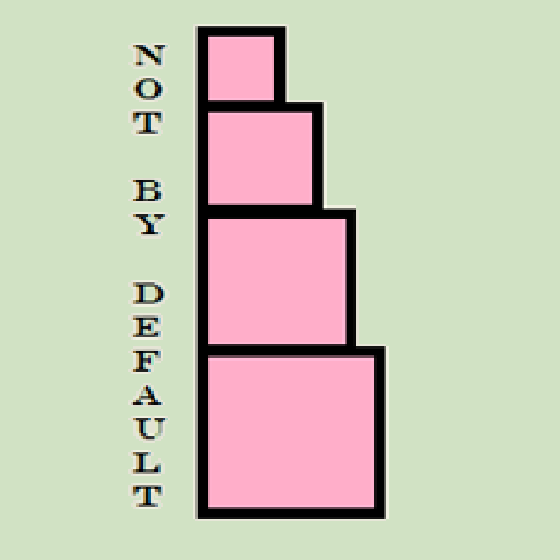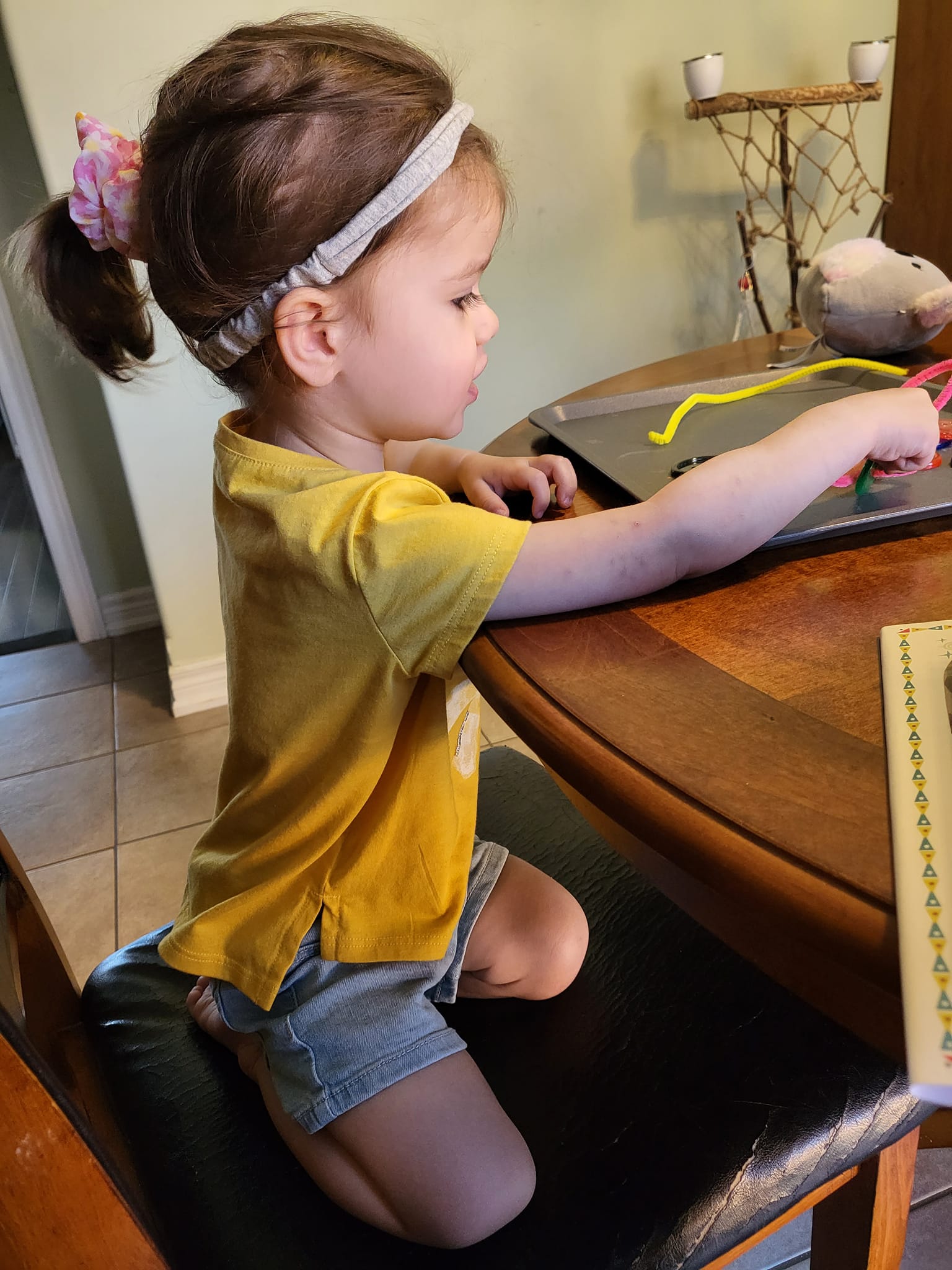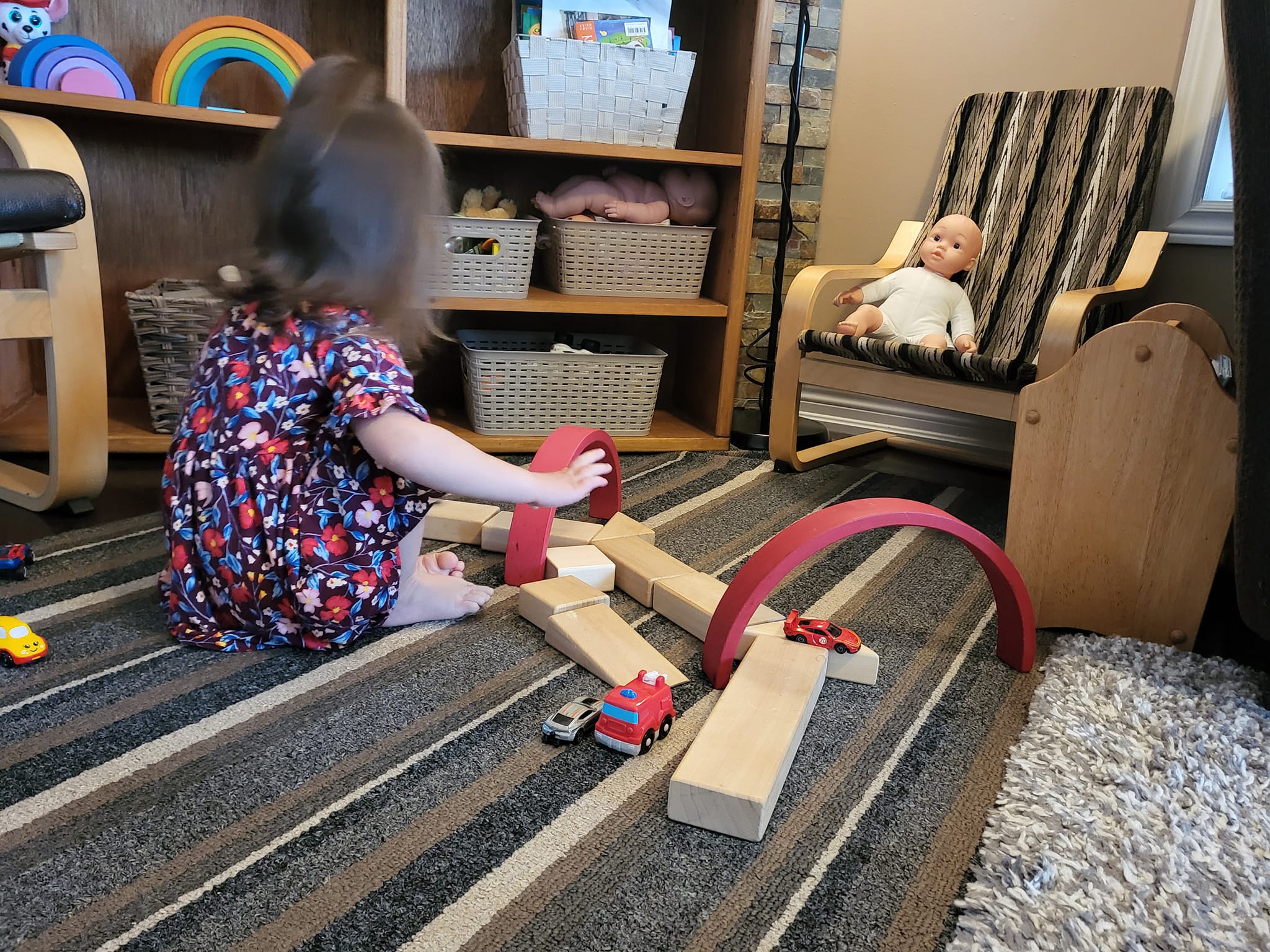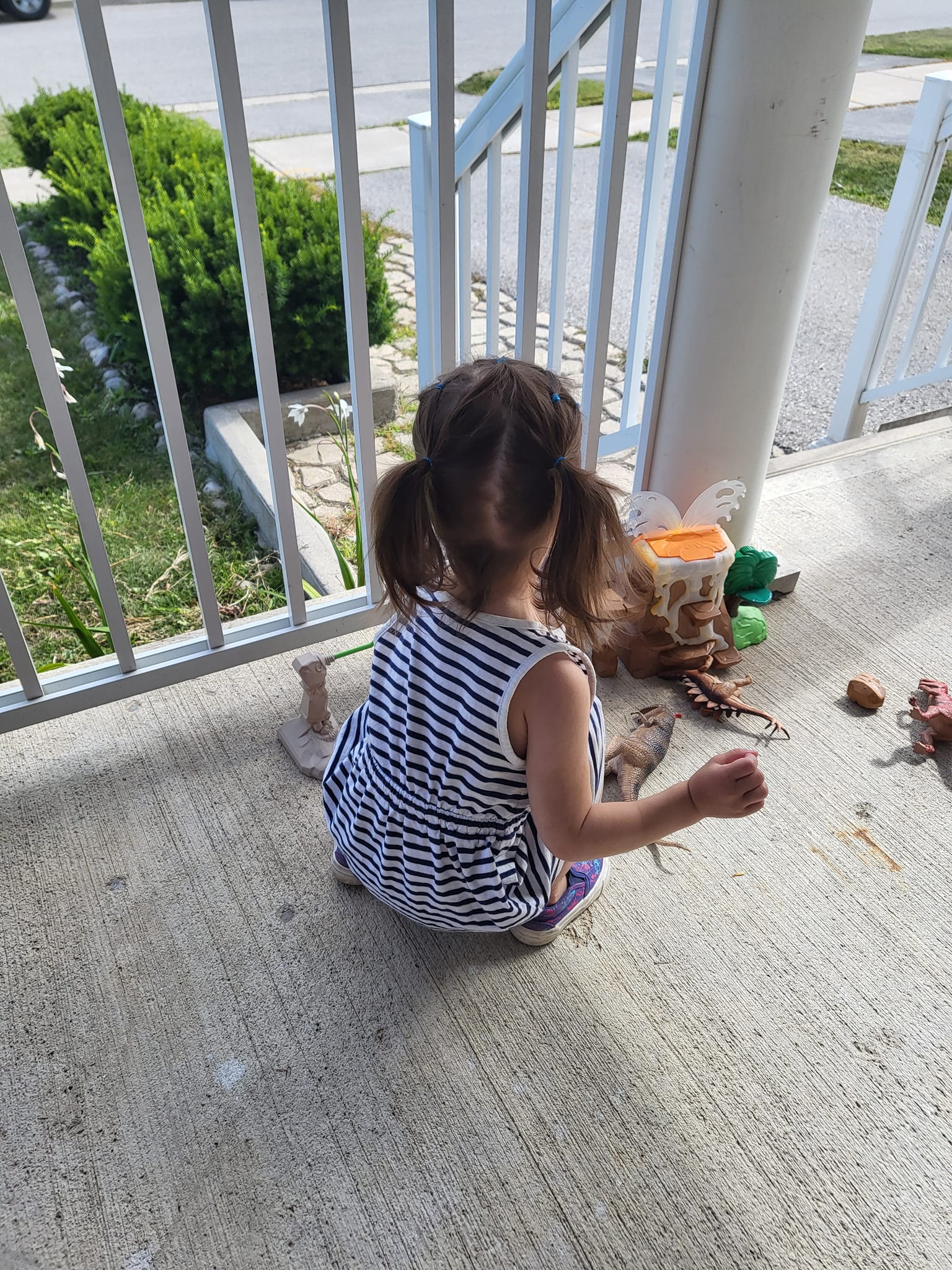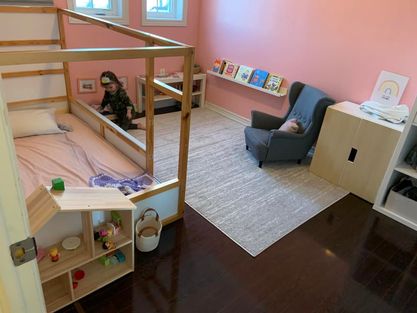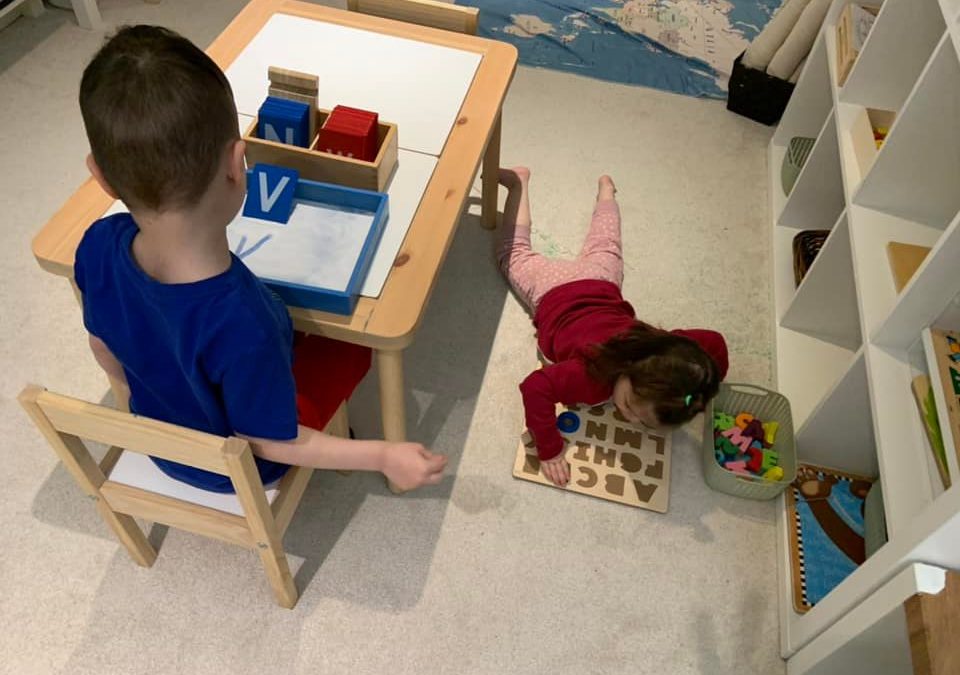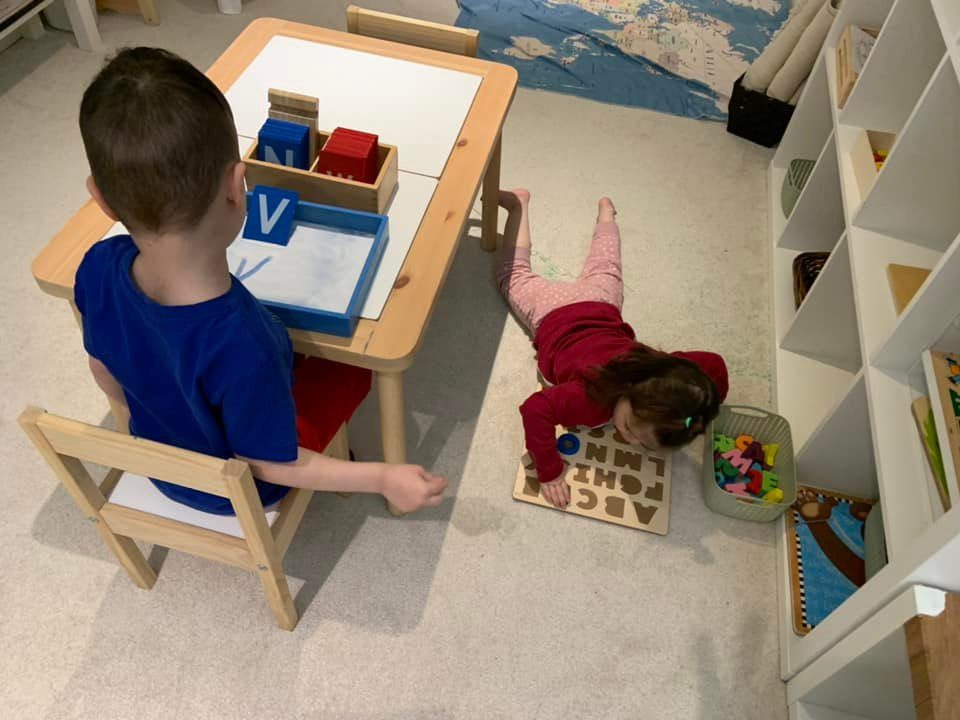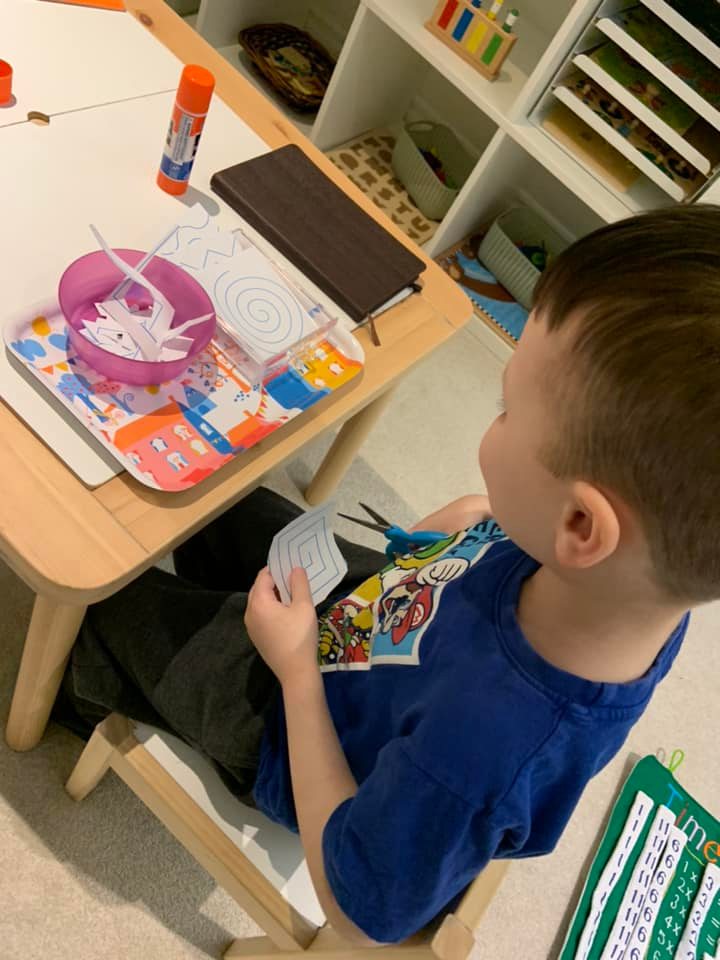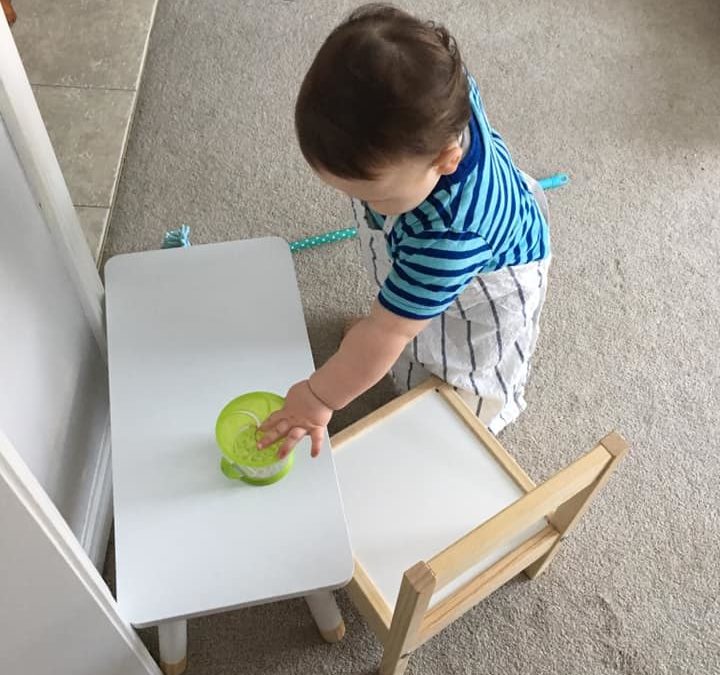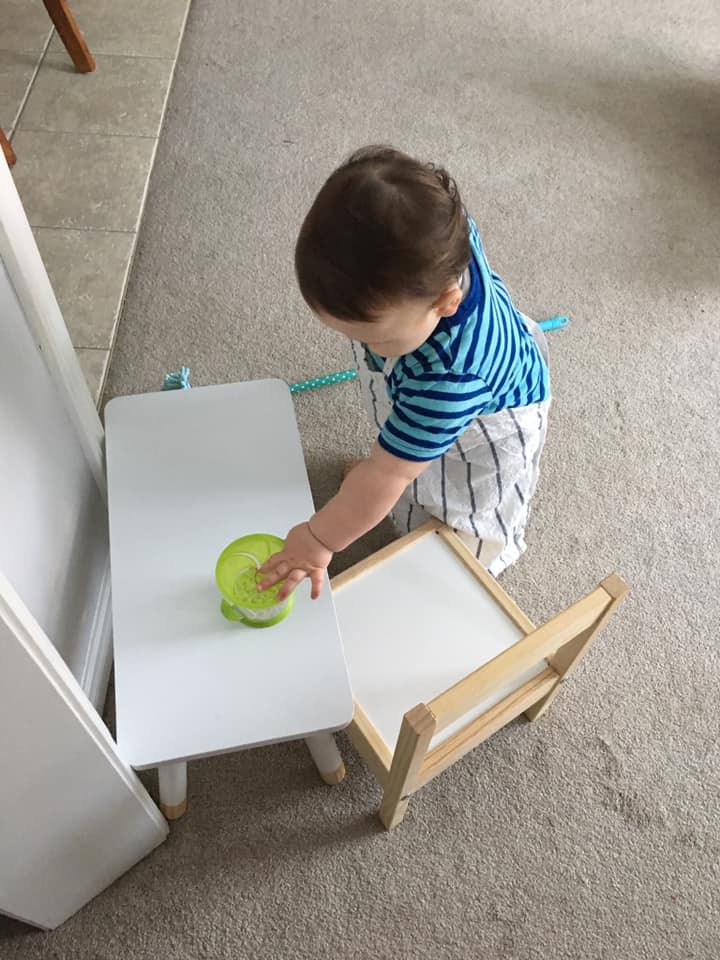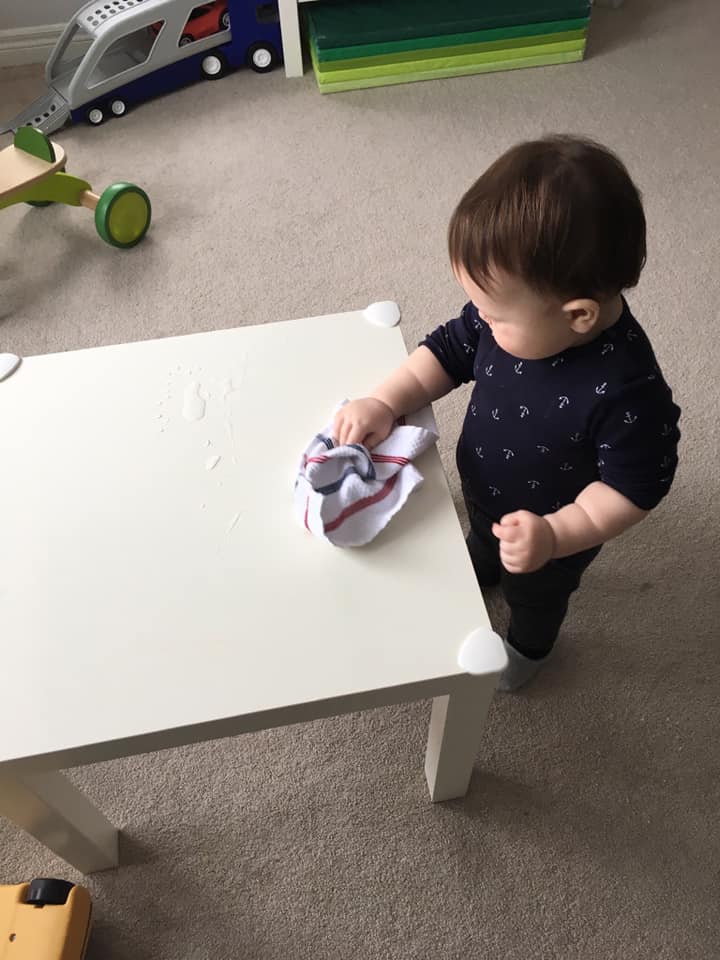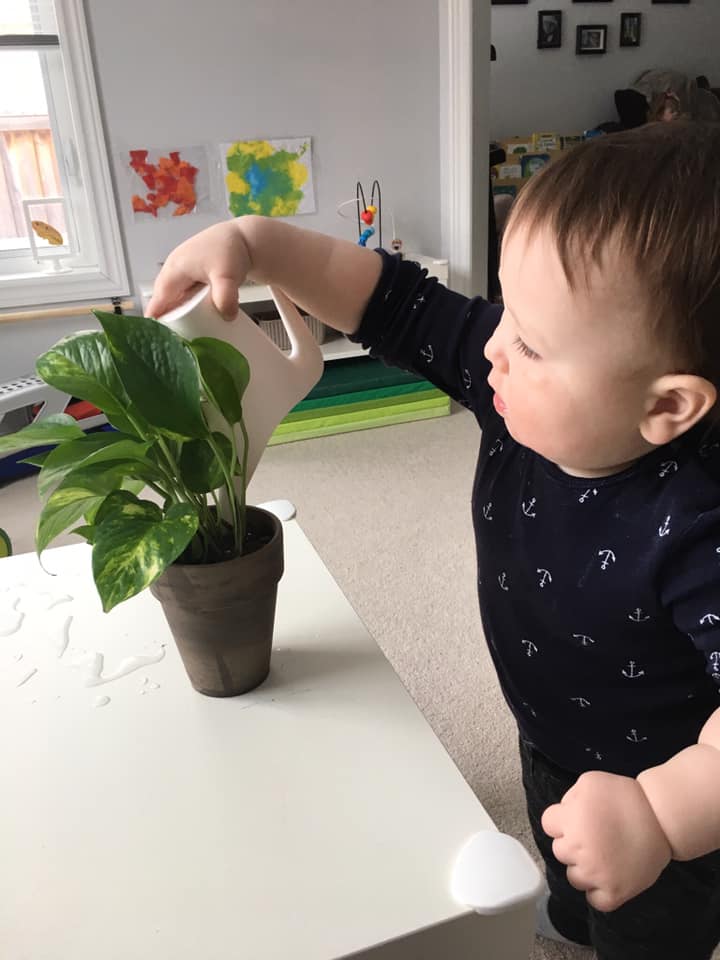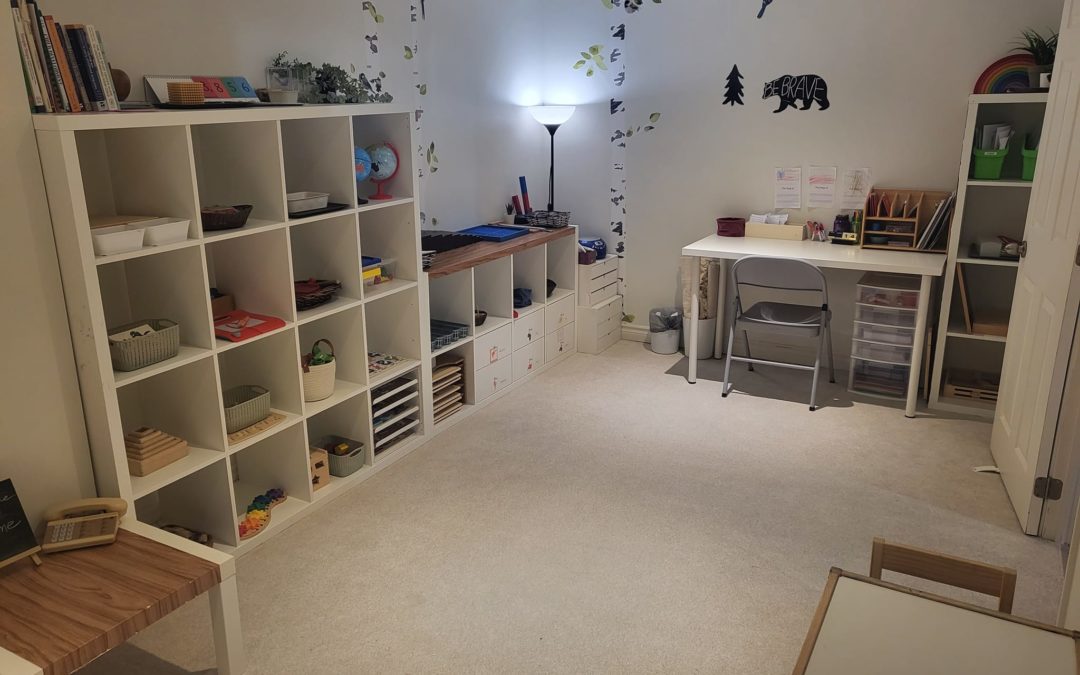
Preparing for a Five year Old
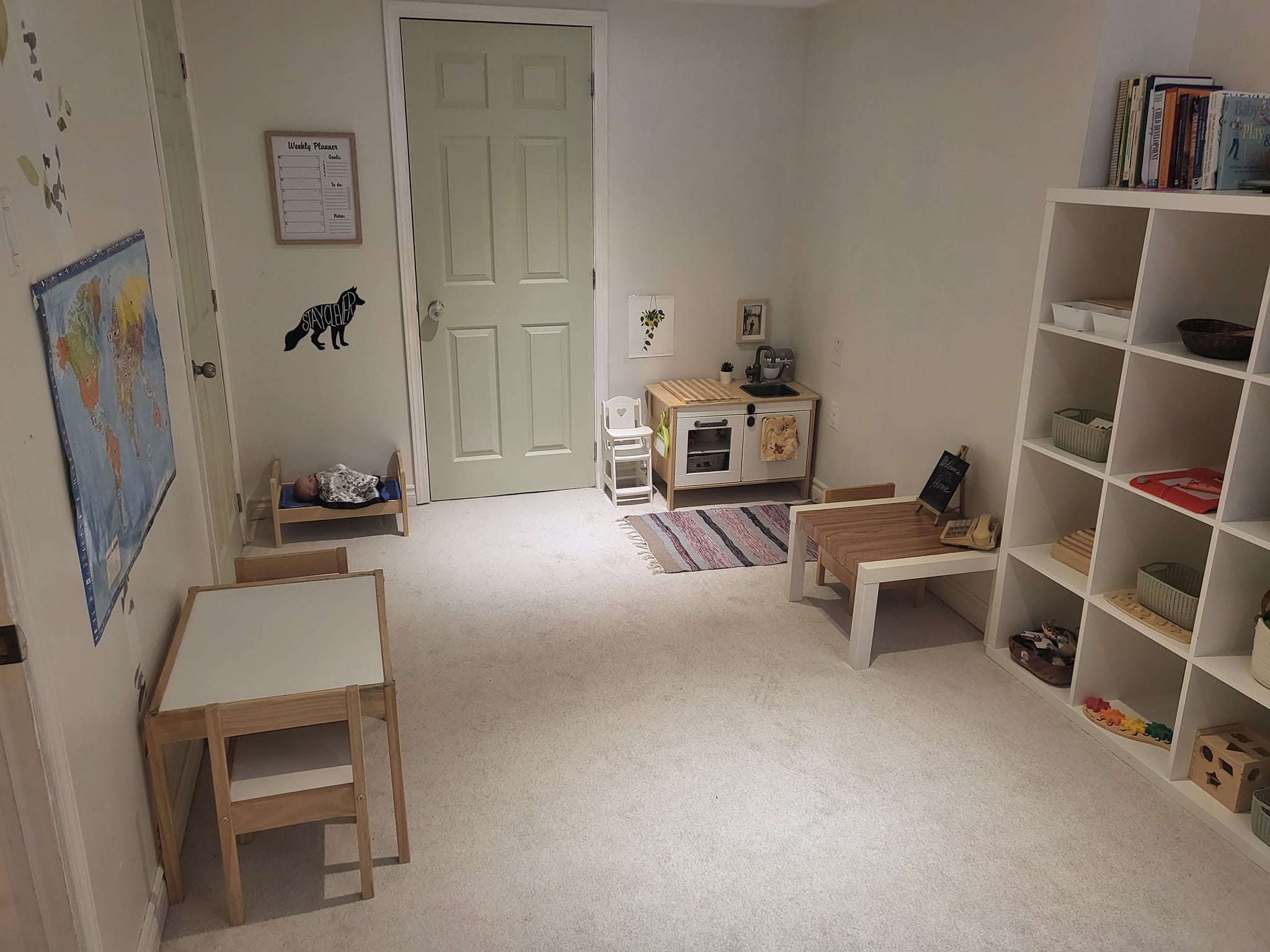
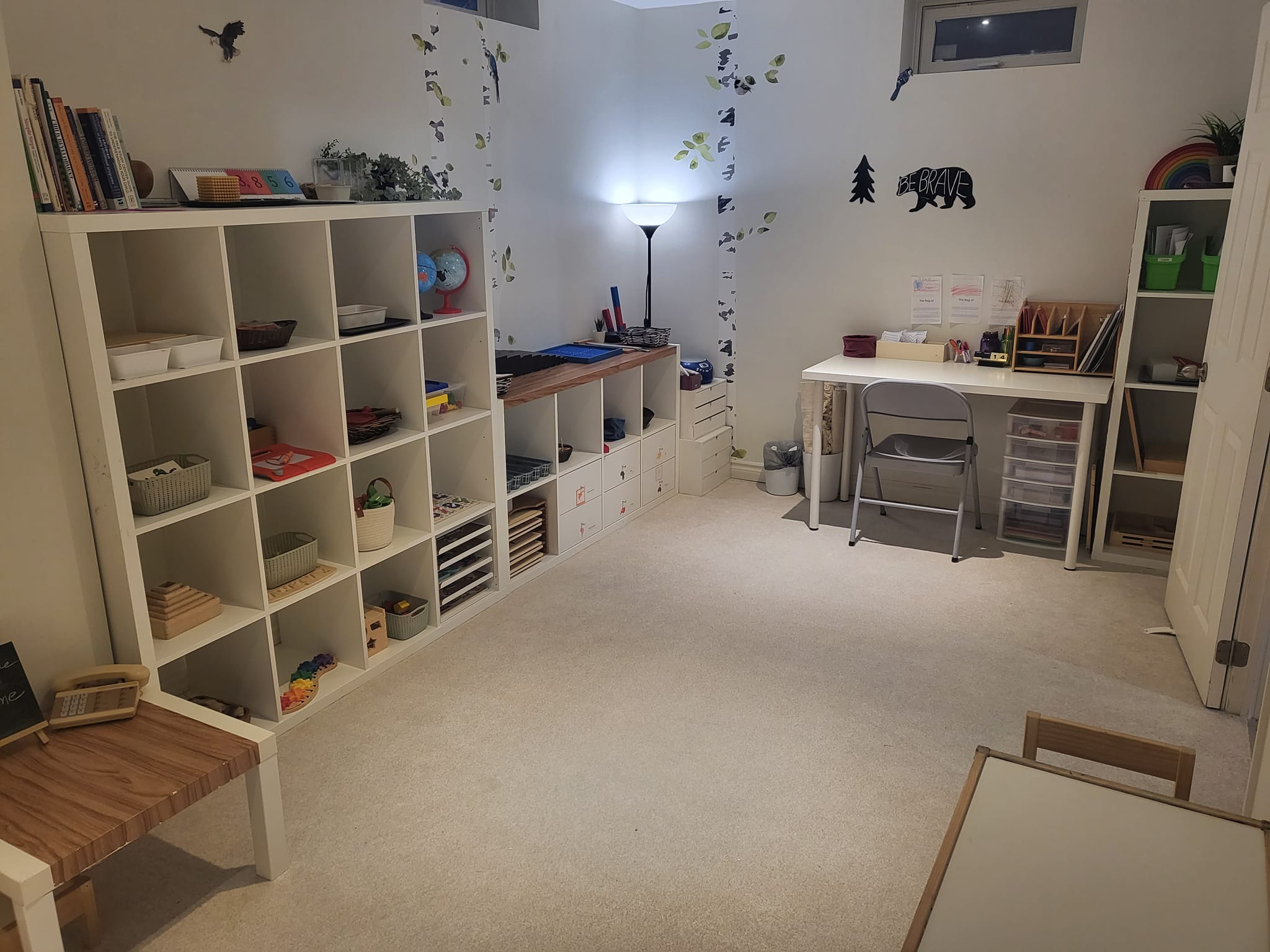
We also set a narrow shelf up beside the desk with the more complicated materials. The division and multiplication boards, the moveable alphabet, and the stamp game all permantly reside here. I will be adding more shelves and materials as we work through them and he moves more into abstraction. Mr Man loves that he has a safe space to store his paper work, his scissors and cutting materials, and his books. While the younger children play I can sit with him at the table and show him a material. Then I can move through the room as usual from child to child while he works undisturbed. So far it is working out beautifully!
To be completly honest I am not happy with the change. Sure it is functional, but it does not appeal to me aesthically. I am not a fan of the metal chair. The room no longer looks like a sweet little preschool space. It feels more crowded. However I am choosing to ignore the side of me that wants a pinterest playroom in order to indulge the educator in me who sees the necessity for this change. Aethetics are important in a child’s space but, sometimes in browsing my Montessori and Homeschooling Facebook groups I notice that aesthetics are being valued over the practicality. No matter how beautiful a play space is, if it does not serve the children who use it then it is pointless. So for now I will keep this space functional and maybe over time I will find a way to make the chair more appealing and find some organizational method to clear the surfaces and make it all appear cleaner.
